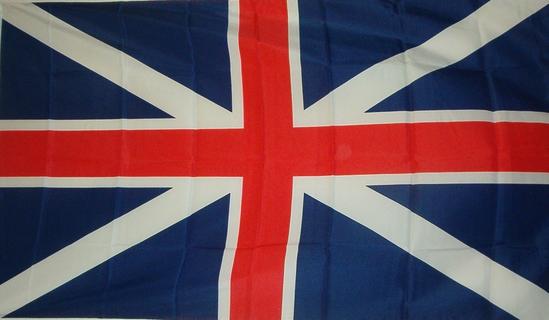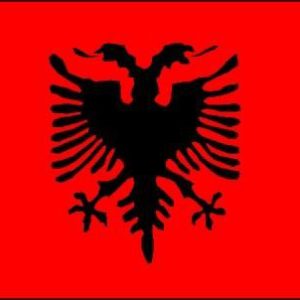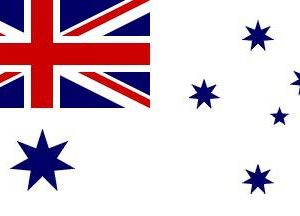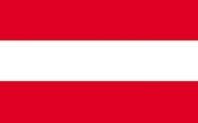Description
In 1603, King James VI of Scotland became James I of England and brought about the union of the Crowns of the two countries. On April 12, 1606, he issued a proclamation which introduced the first of three major versions of the Union Flag. It was composed of the “Red Crosse, commonly called S. Georges Crosse, and the White Crosse commonly called S. Angrewes Crosse, joyned together.” The width of the Cross of St George and that of the Cross of St Andrew are the same, as they represent the equal status of England and Scotland in the Union.
On April 17, 1707, Queen Anne issued a proclamation which spoke of the use of the Union Flag “at Sea and Land.” The Queen Anne version is almost identical to the flag of James I, but not exactly. The width of the fimbriation was changed slightly. From this time on, the Union Flag began to appear on forts and in regimental colours. This was the flag in use at the time of the Revolution, and can correctly be referred to as the Loyalist Flag. In fact, the description of the UELAC Amoral Bearings definitively describes it as our flag






